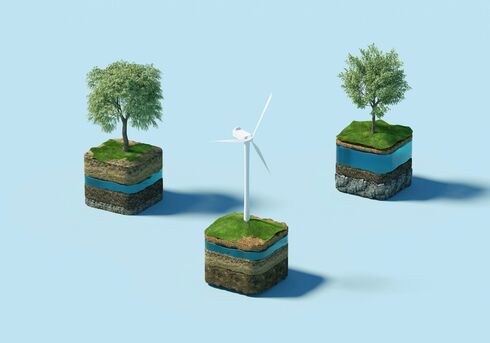
Understanding scope 3
1 March 2023

When creating a carbon reduction plan, an organisation often finds that most of its emissions fall within what is called scope 3.
Scope 1 emissions occur from sources that are controlled or owned by the reporting organisation, such as arising from fuel combustion in its boilers, furnaces, vehicles. Scope 2 emissions are indirect greenhouse gas emissions associated with the purchase of electricity, steam, heat, or cooling, while scope 3 emissions comprise other sources, both upstream and downstream of the company’s activities, and can represent as much as 70 per cent of the total.
Advice on assessing scope 3 emissions is available in a step-by-step guide produced by the Worldfavor organisation, a global sustainability platform based in Stockholm.
The first stage for a business is to map out and review its supply chain and to identify sources of information about emissions in each one and to create a centralised system to manage the data collected.
The organisation then has to decide which method to use for the scope 3 calculation. The Worldfavor document explains that some include the Supplier-specific method, the Hybrid method and the Average data method.
The third stage is to for the business to empower its suppliers to collect their own data, but many lack the in-house resources to do so.
Worldfavor has devised a Co2e calculator to help suppliers measure, understand and report on their emissions in one single tool. It says that data can be obtained from each business activity for the reporting year and the calculator automatically converts it into the required CO2 emission data points without manual calculations being needed.
The guidance document can be downloaded here.
● Travis Perkins recently stated that scope 3 represents 99 per cent of the Group’s carbon footprint. The merchant is targeting a 63 per cent carbon reduction in its supply chain emissions by 2035, primarily focused on purchased goods and services (manufactured carbon) and the in-use emissions of goods sold. The organisation is committed to reducing Scope 1 and 2 carbon by 80 per cent by 2035, offsetting any remaining emissions thereafter.

